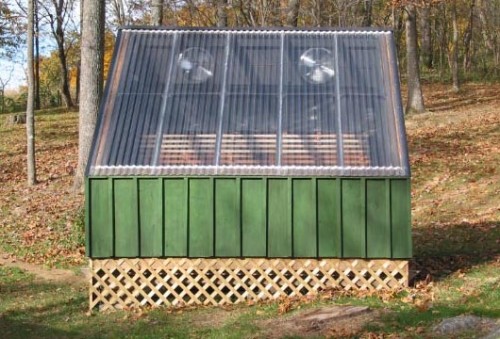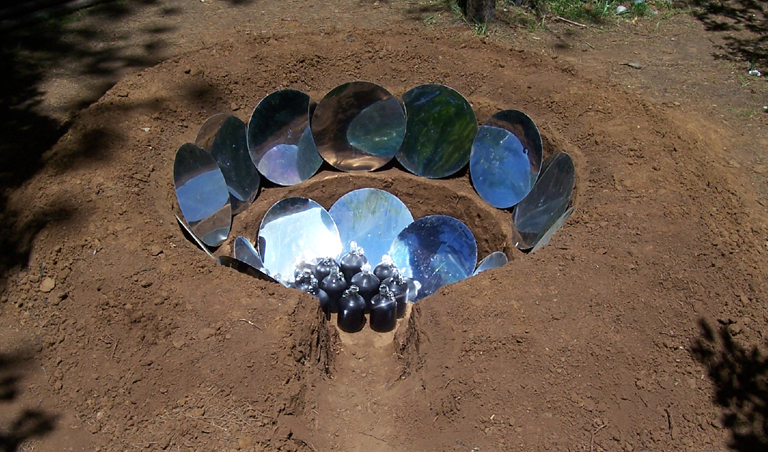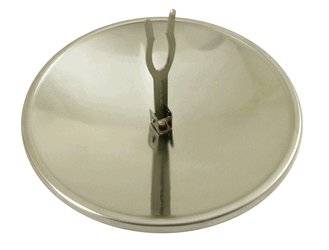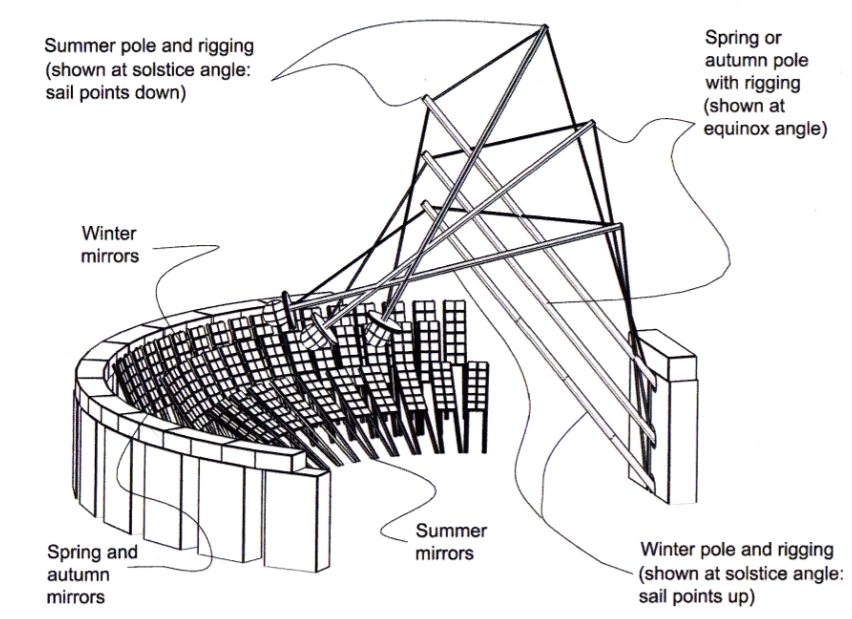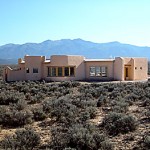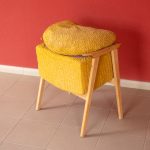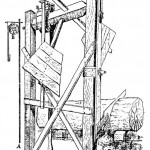Jon Freise sends us the following question.
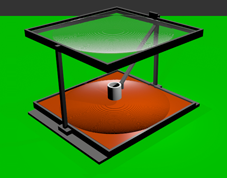 “Have you come across any designs for solar ceramic kilns that might be able to manufacture glass mirrors? If a solar kiln was powered by mirrors, and if it could make a mirror, then it would be possible to have a self replicating solar economy. If the supporting frame was wood instead of steel, it would be possible to assemble anywhere. My college had several wood parabolic dishes used to transmit sounds over long distance. They were built as a toy.”
“Have you come across any designs for solar ceramic kilns that might be able to manufacture glass mirrors? If a solar kiln was powered by mirrors, and if it could make a mirror, then it would be possible to have a self replicating solar economy. If the supporting frame was wood instead of steel, it would be possible to assemble anywhere. My college had several wood parabolic dishes used to transmit sounds over long distance. They were built as a toy.”
If anyone has more information, comments are open.
